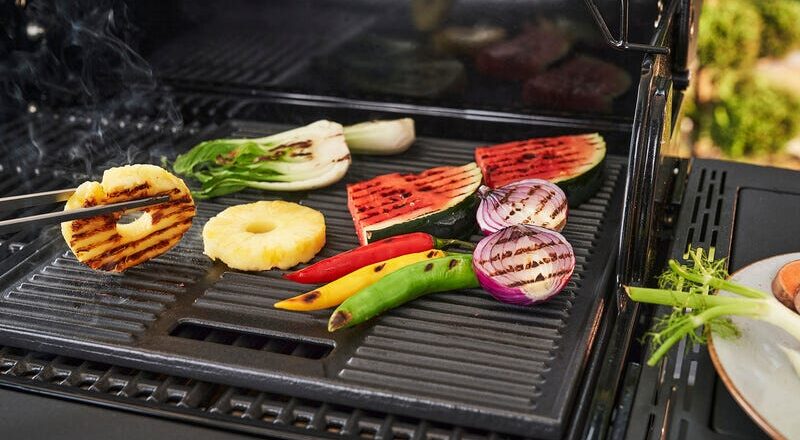When considering a new addition to your kitchen arsenal, especially a reversible griddle, one of the key factors to mull over is weight considerations. Whether you’re a culinary novice or a seasoned chef, understanding the weight of your griddle can significantly impact your cooking experience. With the right weight, you can achieve culinary excellence, while a poor choice might lead to frustration and frequent trips to the chiropractor!

What is a Reversible Griddle?
A reversible griddle is a versatile kitchen tool with two sides, usually featuring a flat griddle surface on one side and a ridged grill surface on the other. This dual functionality allows you to cook a variety of foods, from pancakes and eggs to steaks and vegetables, with ease.
Why Weight Matters
The weight of a reversible griddle is crucial for several reasons. A heavier griddle can provide more even heat distribution, which is essential for cooking foods uniformly. However, it also means it might be more challenging to handle, especially if you frequently switch between the two sides or need to clean it regularly. A lighter griddle may be easier to maneuver but might not retain heat as well.
Heat Retention and Distribution
Heat retention is a significant advantage of heavier griddles. The weight helps maintain a consistent temperature, reducing the chances of hot spots that can lead to uneven cooking. For those interested in the best foods to cook on a griddle, this guide offers insights on maximizing your griddle’s potential.
Ease of Handling
While a heavier griddle offers better heat retention, it may not be suitable for everyone. If you frequently need to move your griddle or flip it over, the weight can become cumbersome. For a detailed guide on choosing the right griddle, check out this buying guide.
Material Impact on Weight
The material of the griddle significantly influences its weight. Cast iron is a popular choice for its excellent heat retention properties, but it is also heavier than other materials. Aluminum griddles, while lighter, may not offer the same heat distribution benefits.
Cast Iron Griddles
For those who prioritize heat retention and durability, a cast iron griddle is an excellent choice. However, be prepared for the added weight.
Aluminum Griddles
If you prefer something easier to handle, an aluminum griddle might be more suitable. While they are lighter, you may need to adjust your cooking techniques to accommodate the different heat properties.
Usage Frequency and Storage
Consider how often you plan to use the griddle and where you will store it. If you use it daily, a heavier griddle might be worth the investment. However, if storage space is limited, a lighter griddle could be more practical.
Cooking Surface Area
The size of the griddle also affects its weight. Larger griddles provide more cooking space but are naturally heavier. Evaluate your cooking needs to determine the ideal size and weight.
Price Considerations
Generally, heavier and more durable griddles tend to be more expensive. When budgeting, remember to balance the weight with your cooking needs and preferences.
Maintaining Your Griddle
Proper maintenance can impact the longevity and performance of your griddle. For advice on upkeep and cleaning, you can explore this materials guide.
Additional Features
Modern griddles come with various additional features, such as non-stick coatings and drip trays. These can add to the overall weight, so factor them into your decision.
Non-stick Coatings
While non-stick coatings can make cleaning easier, they might add a slight increase in weight. However, the convenience they offer is often worth it for many users.
Drip Trays
Drip trays can help manage grease and make cleaning simpler. They might add to the weight but are a valuable feature for many cooks.
Faq
What is the ideal weight for a reversible griddle?
The ideal weight depends on your personal preferences and cooking needs. Generally, heavier griddles offer better heat retention, while lighter ones are easier to handle.
How does material affect griddle weight?
Materials like cast iron are heavier but provide excellent heat retention. Aluminum is lighter but may not offer the same even heat distribution.
What size griddle should I choose?
The size should be based on your cooking needs and available storage space. Larger griddles offer more cooking area but are heavier.

Conclusion
Choosing the right reversible griddle involves considering various weight considerations, materials, and features. By understanding these factors, you can select a griddle that best suits your cooking style and kitchen needs. For more insights on cooking techniques and griddle options, this review provides valuable information.
This article contains affiliate links. We may earn a commission at no extra cost to you.

